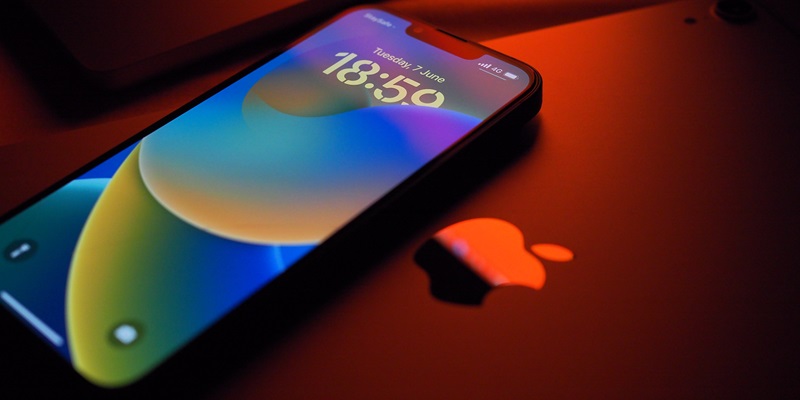Apple enthusiasts are eagerly anticipating the launch of the iPhone 16 Pro and 16 Pro Max, which are expected to feature larger displays. The 6.27-inch and 6.85-inch screens on these upcoming models are set to be the largest in the iPhone series to date. However, recent rumors suggest that these enlarged screens may come at the cost of changes in the overall dimensions of the devices, disappointing some users who were hoping for unchanged sizes.
Disappointment for Those Expecting Unchanged Footprints
While the introduction of larger displays is undoubtedly exciting, those hoping for a seamless transition to these new screens might be disappointed. Apple appears to have made some alterations to the dimensions of the iPhone 16 Pro and 16 Pro Max to accommodate these larger screens. This means that the overall size of the devices may not be the same as their predecessors.
Increase in thickness and width
According to the latest rumors, the successor to the iPhone 15 Pro is projected to be 0.85mm thicker and 0.3mm wider. These seemingly minor alterations in size could affect the overall feel and handling of the device. Users who have become accustomed to the slim and compact design of previous models may need some time to adjust to the slightly bulkier proportions of the iPhone 16 Pro.
Decrease in thickness and height
On the other hand, it is believed that the iPhone 16 Pro Max will be thinner and shorter than its predecessor. The rumors suggest a decrease of 0.88mm in thickness and a reduction of 3.1mm in height. While this might be welcomed by some users who prefer a sleeker and more compact device, it is important to note that these changes can have a substantial impact on the overall user experience.
Impact of small changes
Even fractions of millimeters in size adjustments can result in significant variations in the real-world usage of the iPhone 16 Pro and 16 Pro Max. The slightly increased thickness and width of the iPhone 16 Pro may alter the device’s grip and handling, making it feel more substantial in the hand. Conversely, the reduced thickness and height of the iPhone 16 Pro Max might make it more comfortable to hold and operate with one hand.
Effect on device weight
The alleged upgrades to the iPhone screens could also impact the weight of these new devices, particularly for Apple’s first-gen titanium smartphones. It is speculated that the iPhone 16 Pro will be 7 grams heavier than its predecessor, which weighed 187g. Meanwhile, the iPhone 16 Pro Max may be 4g heavier than the 221g iPhone 15 Pro Max. These potential weight increases may be noticeable to users who are sensitive to changes in device weight or frequently carry their iPhones in pockets or bags.
Current status
It’s important to note that these specifications and changes are still based on rumors and have not been confirmed by Apple. The tech giant keeps a tight lid on its upcoming products, maintaining an element of surprise until the official launch. Therefore, it’s essential for users to take these rumors with a grain of salt until Apple reveals the official specifications and designs.
Exclusion of changes for other models
While the iPhone 16 Pro and 16 Pro Max are expected to undergo some dimensional adjustments, these changes do not necessarily apply to the vanilla iPhone 16 and 16 Plus models. It’s possible that Apple might choose to keep these devices more in line with their predecessors, offering a range of options for users with different preferences when it comes to device size and form factor.
The upcoming iPhone 16 Pro and 16 Pro Max are generating excitement with their larger displays. But rumors of changes in dimensions are causing some users to have mixed feelings. The slight increase in thickness and width for the iPhone 16 Pro might be off-putting for those who favored the slim and compact design of previous models. Conversely, the reduced thickness and height for the iPhone 16 Pro Max could appeal to users looking for a sleek and manageable device. However, it’s crucial to remember that these rumored changes are still unconfirmed, and until Apple releases official information, the exact specifications of these devices remain unknown.

